Pu’erh storage is a polarizing topic. This article is not intended to be a storage guide, nor an advertisement or critique of any particular storage methodology. The goal is to simply outline a few concepts and methods surrounding the complicated and controversial issue of pu’erh storage. Similar to how there is no single way in which the Chinese, Yunnanese, or Southeast Asians consume pu’erh, there is no obvious consensus when it comes to storage. This is all despite what vendors or other influencers directly involved with pu’erh might say.
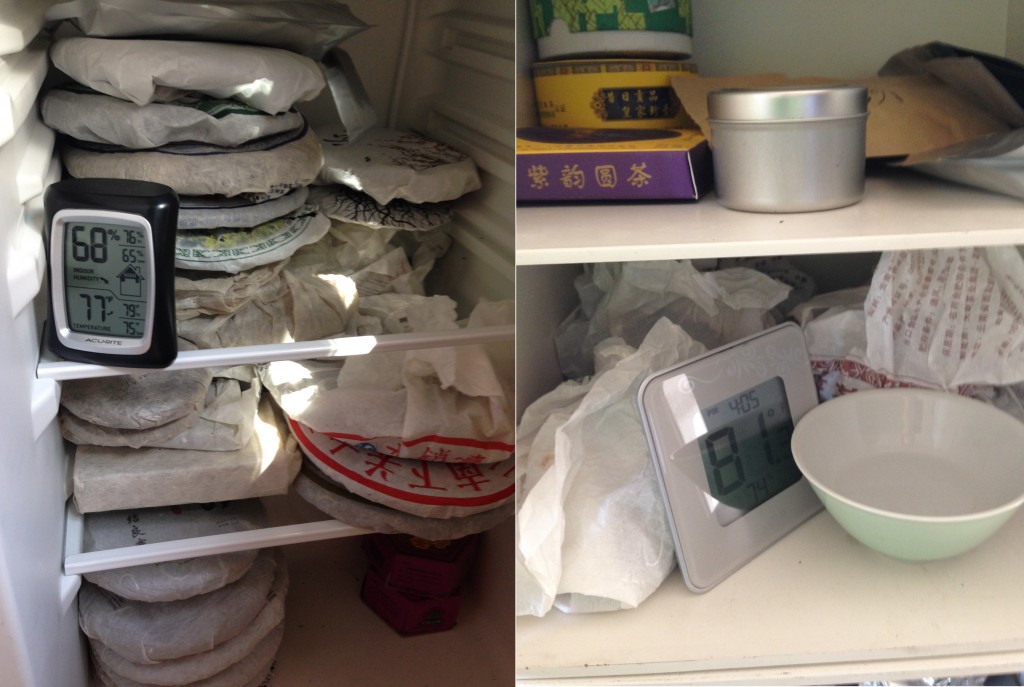
Toki/Tim (of Mandarin Tea) outlines two primary reasons for pu’erh storage, (a) to store the tea and (b) to to refine taste and develop the character of the tea. For those in category A, as long as you don’t follow any of the big mistakes (storing it with food or under light) and steadily drink your tea there’s not much point worrying about any of these storage schools. Simply seal your tea in a mylar bag or ziplock and it will maintain a similar profile for a few years. The controversy comes in category B where there are endless parameters such as how long the drinker wants to wait, taste, etc… Knowing storage and a few of the techniques is also extremely important for the purchase of pu’erh with any sort of age!
The Compression of Pu’erh & Aging
The compression of pu’erh is an important aspect that significantly impacts the aging prospects of a tea. Highly compressed pu’erh (i.e. tiebing/iron cake) has less oxygen within it and will age slowly compared with more loosely compressed pu’erh (assuming identical conditions). One way to age pu’erh quickly without altering storage is to break up a cake or tuo almost back into maocha form. It will mature and ferment far more quickly than in its compressed form (this is also a fun, simple experiment!).
Note #1: This is the reason, loose leaf pu’erh ages much more quickly than compressed pu’erh.
Note #2: Some view pu’erhs compression’s primary purpose as slowing down the fermentation process.
Perspectives & Styles
Chadao did a number of valuable perspectives on Pu’erh storage by people within the online tea community. Interestingly the discussion was initially triggered by an online article by Zhang Jinghong (Puer Ancient Caravans and Urban Chic). Posts iii, iv, and vi focus on other aspects besides storage itself.
- Perspectives on Storing and Aging Pu’erh Tea (i) – Includes a number of still-relevant members of the tea community: Stephane Erler (Teamasters), Toki (The Mandarin’s Tea Room), and Scott Wilson (Yunnan Sourcing).
- Perspectives (ii) – More on traditional storage. Includes Marshaln.
- Perspectives (v) – Some storage basics.
Traditional Storage
This is heavily sourced from an extremely informative blog post by Marshaln. Please read it!
This storage method is usually associated with Hong Kong. Traditional storage involves packing a ton of tea, usually by the jian (42 cakes) into a warehouse. The tea will initially be put into a ground storage unit. These storage units will be intentionally (but not artificially) high in humidity and temperature. These conditions result in the quick aging of the tea. After some time has passed, the tea is moved to a drier storage location. This give the tea a chance to rest and air out from the intense ground storage. The airing out can be compared to the airing out used for ripe pu’erh.
Keeping the tea to space ratio high and rotating the teas are extremely important for proper execution. The massive amount of tea required for traditional storage makes it basically impossible to recreate at home. The risk of mold is also high and the exact timing and storage methodology is a highly-skilled process that is practiced by experienced Hong Kong/Southeast Asian vendors.
Note #1: Sometimes this is described as wet storage (usually by those in drier climates).
Note #2: You can have more heavily (wetter) traditionally-stored pu’erh and more lightly conducted storage.
Note #3: Nearly all of the famous vintage pu’erh pre-88 Qing Beeng spent some time in traditional storage.
Note #4: Traditional storage is an intentionally intense storage, as opposed to a vendor or hobbyist storing their cake in humid conditions. These are not the same type of storage, even though they are often lumped together as wet storage.
Profile
- Can be done by hobbyists? Not really and not easily. Logistically and technically extremely difficult.
- Where is it practiced? Primarily Hong Kong. Sometimes southeast Asia.
- Famous Teas? Most famous teas. Red Label, Blue Label, Yellow Label, etc.
- Where can it be acquired? Hard to find online, many pu’erh vendors will occasionally sell stuff. HK-based vendors (Sun Sing, Best Tea House).
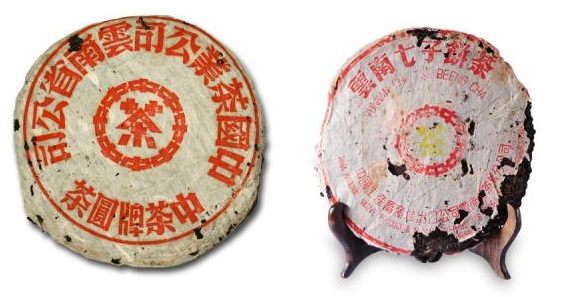
Dry Storage
Thanks to the famous 88 Qing Beeng and a growing movement in the 1990s, a few new schools of storage began to catch on. The most famous case of this is several batches of 1989-1992 7542 (the 88 Qing Beeng) which were dryly stored in the otherwise hot and humid Hong Kong. The difference is that it was stored in as dry as possible conditions. Dry storage itself is a vague term and is usually paired with a location. The proper idea of humidity and temperature for dry storage will vary, usually falling somewhere between 60-70 relative humidity and 60-70 F. Drier stored teas will age more slowly and are a much longer-term game plan for those that engage it.
Note #1: There is significant overlap between this method and home storage.
Note #2: Dry-stored pu’erh is easy to buy in the west, primarily from Kunming-based vendors.
Examples of dry storage:
- Dry-stored in an otherwise humid environment. i.e. Hong Kong, Taiwan, Malaysia. This usually means the tea was kept out of traditional or more humid storage environments. The 88 Qing Beeng was dry HK Storage.
- Storage in a naturally dry environment. i.e. Kunming, Beijing, Los Angeles. In this case dry storage implies conditions closely aligned with the natural climate of the area.
Profile
- Can be done by hobbyists? Yes.
- Where is it practiced? Kunming, Beijing, North America, Europe (naturally dry climates). Hong Kong, Taiwan, Guangdong (naturally humid, deliberately drier conditions).
- Famous Teas? 88 Qing Beeng.
- Where can it be acquired? Nearly all western facing pu’erh vendors.
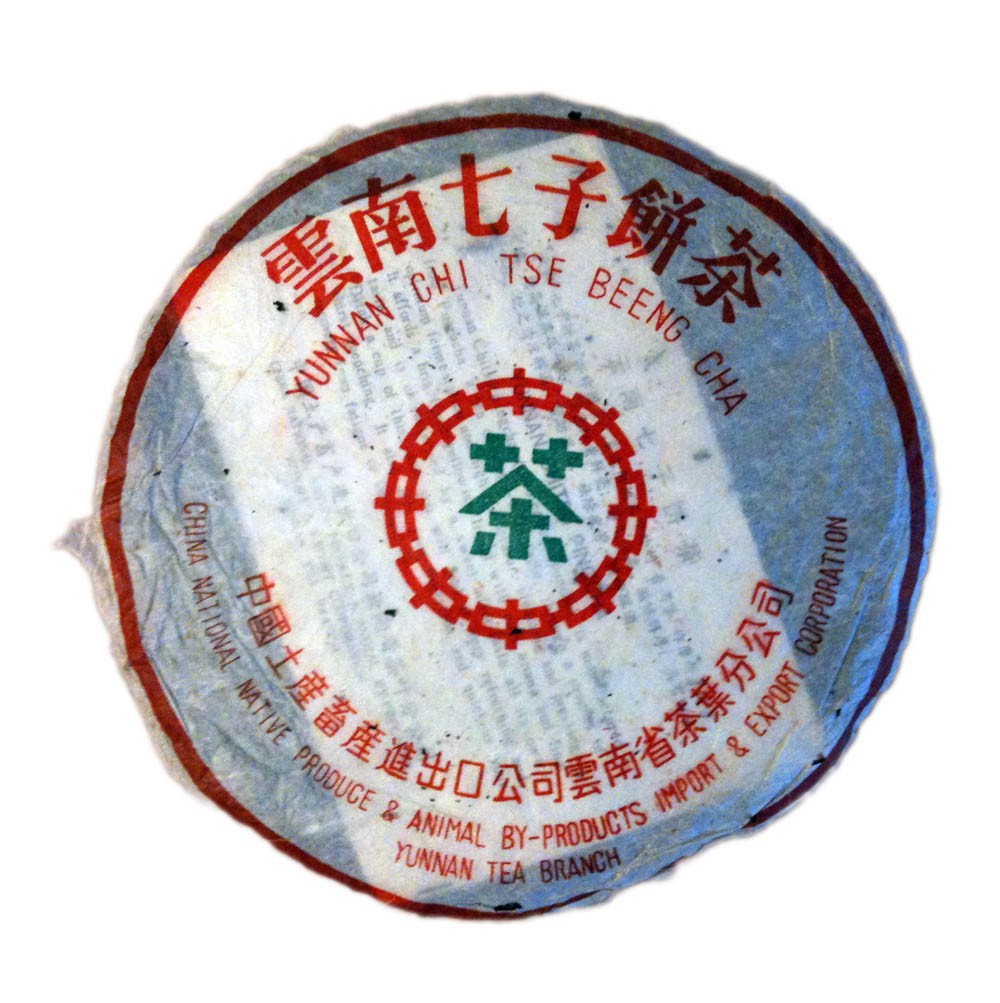
Natural & Home Storage
This is an extremely broad category and can entail anything from a couple cakes stored in a breezy hallway in Europe to a few tongs stored in ceramic clay jars in Australia. Old school pu’erh entailed well-fermented pu’erh and traditional storage; Hobbyists buying, owning and aging individual cakes was extremely rare. Modern-day pu’erh is more complicated and has opened up the door for home storage. Natural storage can be dry or wet storage depending on the locale.
Note #1: It should also be noted that none of these broadly-drawn storage categories are necessarily mutually exclusive. Home storage can be categorized as wet or dry.
Some methods of natural storage:
- Enclosed space/Pumidor – Humidity can be controlled with humidifier/dehumidifier/adding water. Depending on how intricate, this may or may not count as “natural storage”.
- Open-air (bookshelf) – The humidity will be the natural humidity in the air.
- Clay Containers
Important considerations:
- Temperature
- Humidity
- Airflow
- Material stored on/in
Profile
- Can be done by hobbyists? Yes.
- Where is it practiced? Everywhere!
- Famous Teas? N/A.
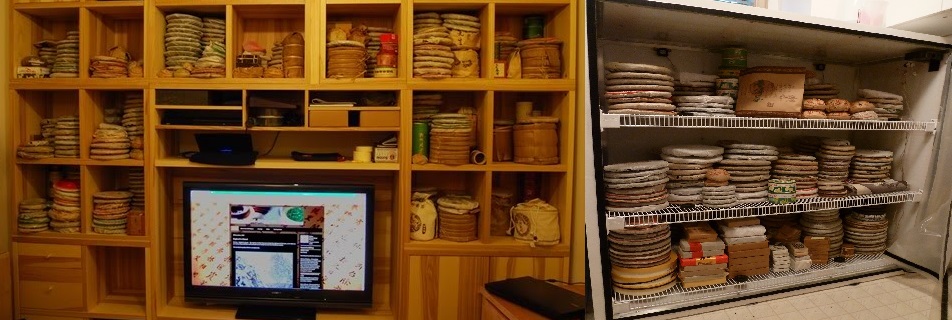
Sealed Storage
Sealed storage involves sealing pu’erh cakes/tongs in some fashion. As is the case for most storage categories, there can be huge variations in setups ranging from somewhat sealed to vacuum sealed. There are a couple different ways that this sort of storage can be considered. One other reason to seal tea is to preserve the tea (different from aging).
- The Driest Storage. Slower aging can lead to greater complexity (i.e. the 88 Qing Beeng). Storing tea in the driest possible way, is a way to push the limits on this idea. This could be why sealed storage has been popular in hot and humid locales like Malaysia.
- Aging as an internal process (source: Sponge metaphor, Kyarazen). A properly sealed sponge will maintain whatever water content it had before being sealed. Sealing a tea away removes the tea from the outside environment. Similarly, if a tea has the necessary amount of water content, it will neither gain nor lose that water content (it won’t dry out). This school of thought believes that the aging of a tea occurs without the aid of the environment but entirely internally.
100% Sealed [Vacuum Sealed]
The simplest, most extreme version of sealing pu’erh is advocated by Hojo. This involves vacuum sealing pu’erh from the outside environment. Proponents of this method argue that pu’erh was originally compressed to control and reduce the oxygen content within the tea (in addition to transport). Modern technology now gives humans the power to vacuum seal and solve this issue elegantly and easily. Critics say that there will be no evolution of flavor and the tea will not age.
Mainly Sealed [Shrink Wrapping/multiple Ziplocks]
This is mainly sealed but not quite as airtight as vacuum sealing. The result is that this will allow the tea to be slightly more affected by the environment than 100% sealed tea.
Sealed with Added Humidity
This is a bit different, but is sometimes referred to as sealed storage. It generally involves sealing tea with something to give it additional humidity (i.e. a water source). This method is somewhat similar to a controlled pumidor and is popular in environments where it is too cold and dry to store teas more naturally (Beijing).
Note #1: There is a significant overlap for sealed storage as most storage methods are at least partially sealed (i.e. pumidors, boxes, warehouses).
Profile
- Can be done by hobbyists? Yes.
- Where is it practiced? Can be done anywhere.
- Famous Teas? N/A
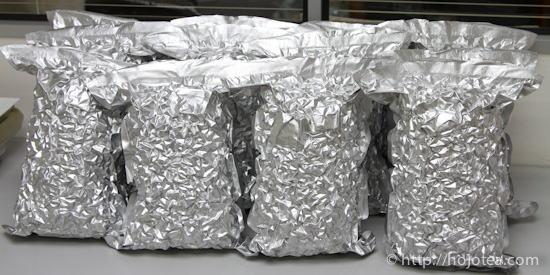


Leave a Reply to Richard Cancel reply